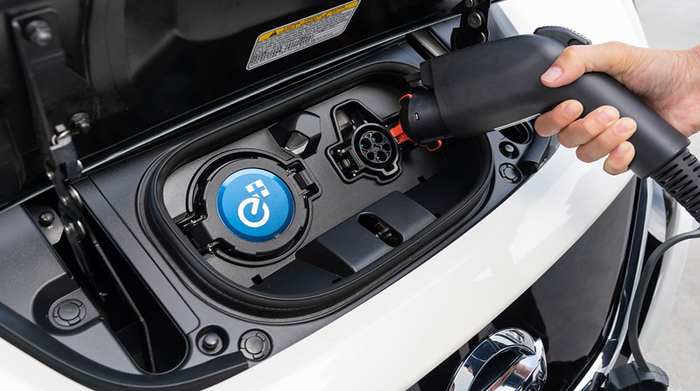How California’s EV Goals Could Affect the Power Grid

Image courtesy of FirstEnergy Corp under Attribution-NoDerivs 2.0 Generic, resized to 700 x 391 pixels.
When it comes to electric vehicles, California looks like it wants to lead the way. California’s EV goals are certainly aggressive, requiring 100% adoption by 2035 – which is only about 12-13 years from now, as of the time of this writing. At the same time, the state’s power grid has been struggling in the face of wildfires, megadroughts and heat waves. In other words, if California wants to achieve its lofty EV goals, something’s got to give.
Potential Impact of California’s EV Goals on the State’s Grid
First and foremost, achieving California’s EV goals will require a herculean effort in terms of building charging stations. It is estimated that nearly 6 million EVs will need to be on the road to meet the 2035 goal (there are currently about 1 million on the road in California). Thus, the conservative estimate is that 86,000 stations will need to be added each year, for a total cost by 2035 of $3 billion.
Aside from that “start-up” cost, the California Energy Commission estimates that EVs will consume 4% of the state’s total electric supply. It also believes that charging EVs during off-peak hours would be necessary, which, according to the California Energy Commission, would mean incremental electricity consumption from EVs alone to be around 5,500 megawatts around midnight and 4,600 MW around 10 a.m. on a typical weekday, increasing electricity demand by up to 20–25% at those times. This implies that the state may need to increase generation capacity to avoid a degradation in reliability.
In addition, California also has aggressive goals around renewable energy expansion, and when looking at solar for example, achieving the 2035 EV goal would require an incremental 5,638 acres for new solar panels to be allocated annually.
So, yes, California’s EV goals are extremely aggressive. Over 1 million new charging stations will be needed, and thanks to the state’s clean energy goals, much of this incremental power usage will have to be supplied by renewable energy, which in the case of solar would require an additional 67,000 acres of solar arrays to be developed.
In short, this will be a major challenge.



